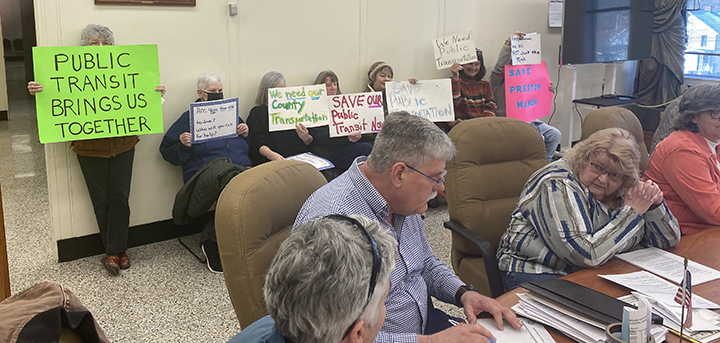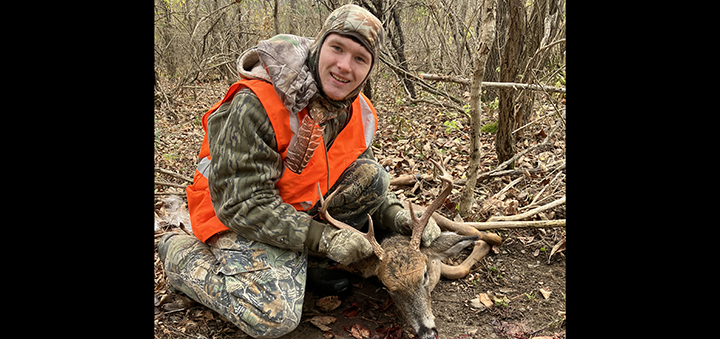State lawmakers rally behind volunteer fire service
ALBANY – State legislators are working to reverse a 2005 amendment to vehicle and traffic law which requires volunteer firefighters to have a commercial drivers license in order to operate emergency vehicles.
“Our volunteer first responders risk their lives to protect our families, homes and businesses. They also take part in numerous community events. Correcting this glitch in the law is essential to continuing these valuable services,” said NYS Senator James Seward in a statement issued last week.
Seward was one of 25 sponsors to a bipartisan bill introduced in the senate which will amend the vehicle and traffic laws to once more allow volunteer firefighters to drive fire trucks and other emergency vehicles without a CDL.
Similar legislation has been introduced in the State Assembly by Assemblyman Bob Sweeney, representing Suffolk County’s 11th District. Assemblymen Cliff Crouch and Pete Lopez have co-sponsored that piece of legislation, which is currently in committee.
While Crouch, who is often recognized for his support of the volunteer fire service, said he is committed to getting the issue resolved he noted there was still some trepidation in Albany.
“There is some reluctance to move forward if we are going to jeopardize our federal transportation funding,” he explained.






Comments